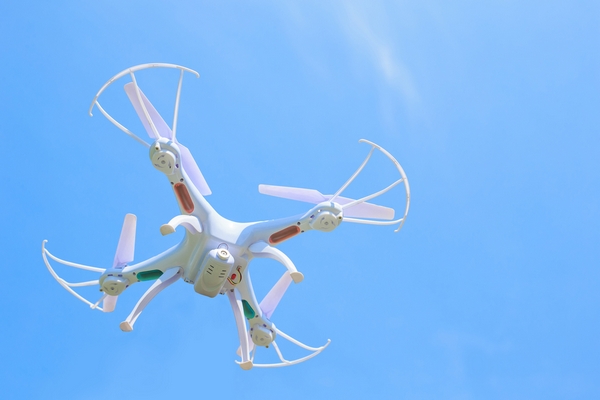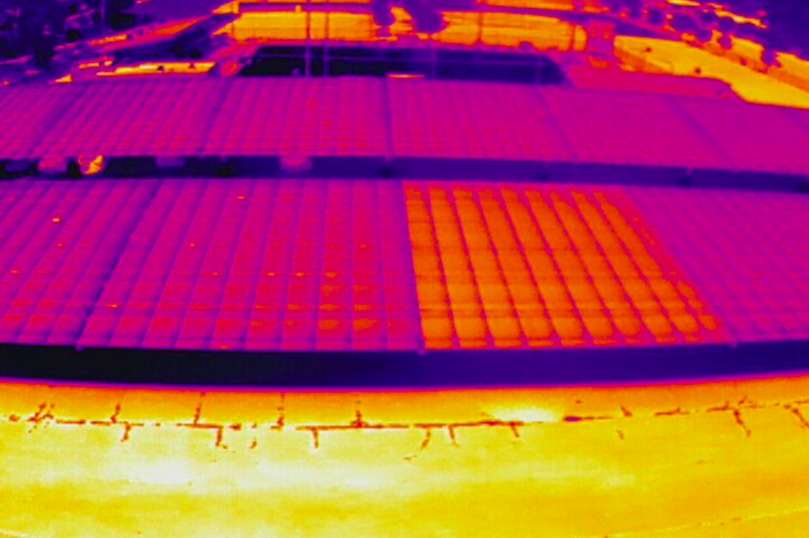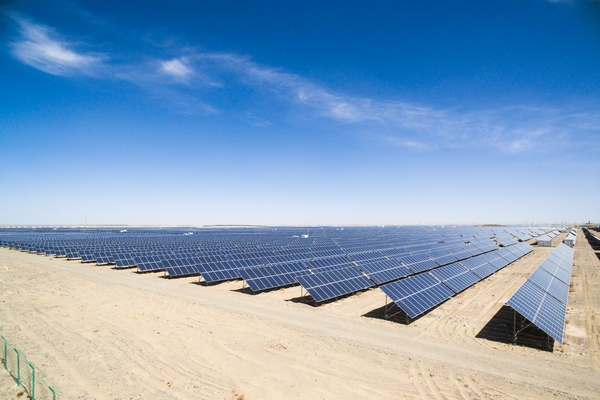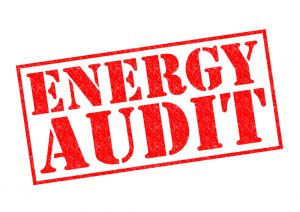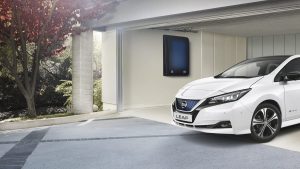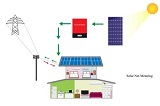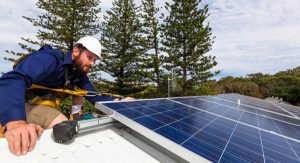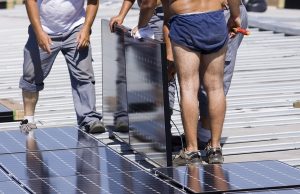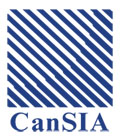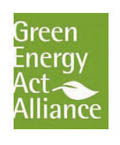When you think of drones, the first thing you think of might not be solar energy installation. But as in so many other industries that are experimenting with drones, the solar energy sector is seeing countless new opportunities when it comes to Unmanned Aerial Systems (UAS).
Traditional solar panels array inspection involves walking row by row, checking every panel, measuring data, recording and classifying anomalies. This process can take days, if not weeks depending on the solar farm array size. The beauty of drones is their ability to easily, quickly and safely access a rooftop installation or get high above a jobsite to give a birds-eye view, looking for system problems. Infra-red photography, combined with UAVs can diagnose problems that are invisible to the naked eye, and one company in the UK is even marketing a drone to clean solar panels on hard-to-access rooftops!
According to a report from the Electric Power Research institute (EPRI) entitled “Utilizing Unmanned Aircraft Systems as a Solar Photovoltaics Operations and Maintenance Tool”, The technology’s six primary value drivers include:
- Time Savings and Labor Efficiency – It is estimated that for a 100MW site, a full-site inspection can cost more than $40,000, which may account for 12-18% of the total Operations and Maintenance Budget. Solar drones have the ability to complete select tasks, such as PV inspection, more quickly and inexpensively than manual approaches. Furthermore, it is estimated that collecting the necessary information takes one trained pilot only 3 days to complete vs. 30 days using manual labour.
- Flexible Dispatch – Due to their relatively low marginal cost of operation, UAS can be dispatched on an as-needed basis, offering potential advantages over other fixed-investment monitoring options.
- Increased Accessibility and Safety – UAS can gain access to locations, such as rooftops, that may either not be accessible to on-ground personnel or that pose safety risks.
- Enhanced Data Collection – UAS allow many types of data to be collected, often simultaneously, and at a faster rate. Computer algorithms, software programs, and Artificial Intelligence can automate data analysis and provide comprehensive reports within just a couple of days.
- Greater Accuracy – Measurements taken via UAS imaging for rooftop and ground assessments, as well as other applications, can offer improved accuracy over manual methods. Aerial photography and thermographic imaging can detect diode and string failures, identify cracked panels, and locate affected panels precisely using geotagging.
- Application Stacking – The flexibility of the UAS platform allows for a single device to perform a variety of applications independently or concurrently, thus creating benefit-stacking opportunities.
Solar Drones Hitting the Market
DroneDeploy, maker of a popular 3D modeling program for the construction industry, recently partnered with UAS manufacturer DJI and thermal imaging camera maker FLIR to market an aerial thermal imager that can monitor the surface temperature, and therefore the efficiency, of a solar array from the smallest roof-top installation to the largest commercial solar farm. Also, DroneDeploy and DJI claim that using their drones to measure projects and estimate using their 3-D modeling tools could shave up to half the time it takes to measure a residential rooftop for a solar installation. Solar installation giant SolarCity is looking to drones to increase its productivity. SolarCity estimates that the use of UAS can allow an inspector to do 4-8 rooftop assessments per day, compared to 2-4 through conventional approaches. The company also claims that measurements done via UAS imaging offer increased accuracy over manual methods.
Meanwhile, in the PV maintenance area, we know that solar panels that are not cleaned regularly accumulate dust and dirt, and efficiency drops significantly. Many robot cleaning systems are being rolled out and tested for large solar farms, but at the same time, several startups are developing small cleaning drones for rooftop solar arrays. CleanDrone and Solarbrush are two companies that have UAS-powered sweepers and are looking to get products out on the market. However, at this time, neither company appears to have a product that is ready to move beyond the development phase.


